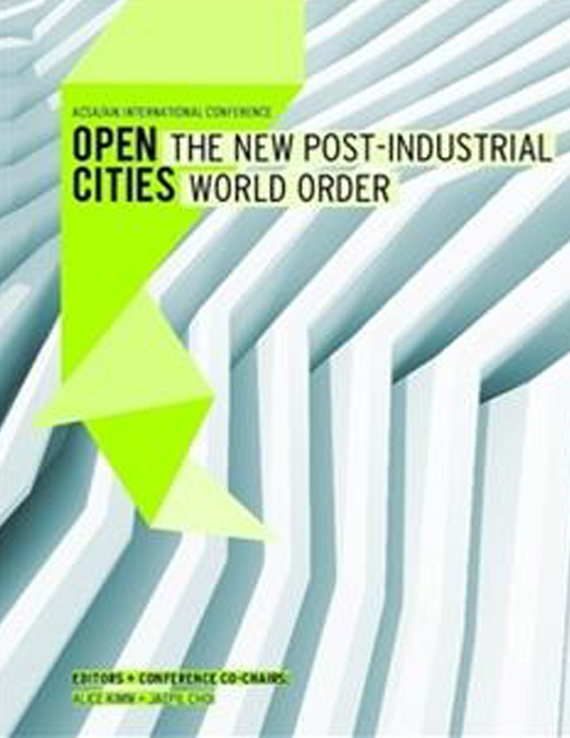Author(s): John C. Brittingham
This paper | presentation provides an overview of three graduate level studios that pedagogically provide a platform for interdisciplinary, collaborative work in unusual partnerships searching for new paradigms of pedagogy, collaboration, team composition, sustainable design, and stewardship. The first partnership between the private sector, the National Park Service, and the academy has taken place over a period of some ten years. The aspiration of this unusual partnership of people and their perspectives is to generate a new model/paradigm for looking at one of the country’s greatest resources – Yellowstone National Park. As the strategy unfolded, fourteen regional, national, and international design firms were invited to participate in three five-day design charrettes at Yellowstone Lake Lodge, Old Faithful, and Mammoth Hot Springs. Charrettes were preceded by a graduate level studio where students worked directly with park staff in Yellowstone’sarchives, developed the professional charrette brief, collaboratively developed their own solution to the brief, and then participated in the professional charrette as team members. The outcomes were “gifted” to the park and were instrumental in the development of their comprehensive master-planning efforts. The second unlikely partnership was comprised of the Historic Big Island of HawaiiKukai’au Ranch, the non-profit Kohala Center, and the academy. In this studio, students worked collaboratively with faculty and students from the schools of business, and agriculture to develop a self-sustaining ranch and education center that would protect the land in perpetuity. Students additionally worked with native plant cultural historians, conservation based ranching experts, conservation based development experts, conservation easement attorneys, the Kukai’au owners, ranch staff, etc. This collaborative proposal was diversified in approach and themed around a contemporary vision of the ahupua‘a. It included a business analysis of cattle, agriculture, native forest reforestation, carbon sequestration tax advantages, energy (including rain, wind, water, and sun), conservation easements and resultant tax benefits, a not-for-profit research institute, education and outreach, historic preservation and resultant tax advantages, stewardship of place, land restoration, Hawaiian homelands agriculture and housing, and more. This proposal is in the preliminary phases of implementation. Work performed by the students has been conservatively valued at $250,000 by the owners’ attorneys. The third partnership included the Grand Canyon River Heritage Coalition(GCRHC), Grand Canyon National Park, and the academy all in support of submitting a proposal for the California Architectural Foundation William Turnbull + AridLands Institute “Drylands Design: An Open Ideas Competition for Retrofitting the American West”. Additional advisors included historians, river guides, interpretative experts, ecologists, water specialists, etc. The outcome of the studio, titledSLOW FLOW, is a phased remediation proposal for Grand Canyon National Park’sSouth Rim, its 5 million annual visitors (projected to be doubled by 2050), employees, residents, their collective annual water consumption, and the cost of that consumption. Each scale of the proposition is defined by a top down/bottom up strategy mitigating the water-energy nexus that strives to inspire dissemination and conservation through education, exposure of systems, and enhanced visitor experience. The proposal received national and international recognition.
Volume Editors
Alice Kimm & Jaepil Choi
ISBN
978-0-935502-91-6

 Study Architecture
Study Architecture  ProPEL
ProPEL 
